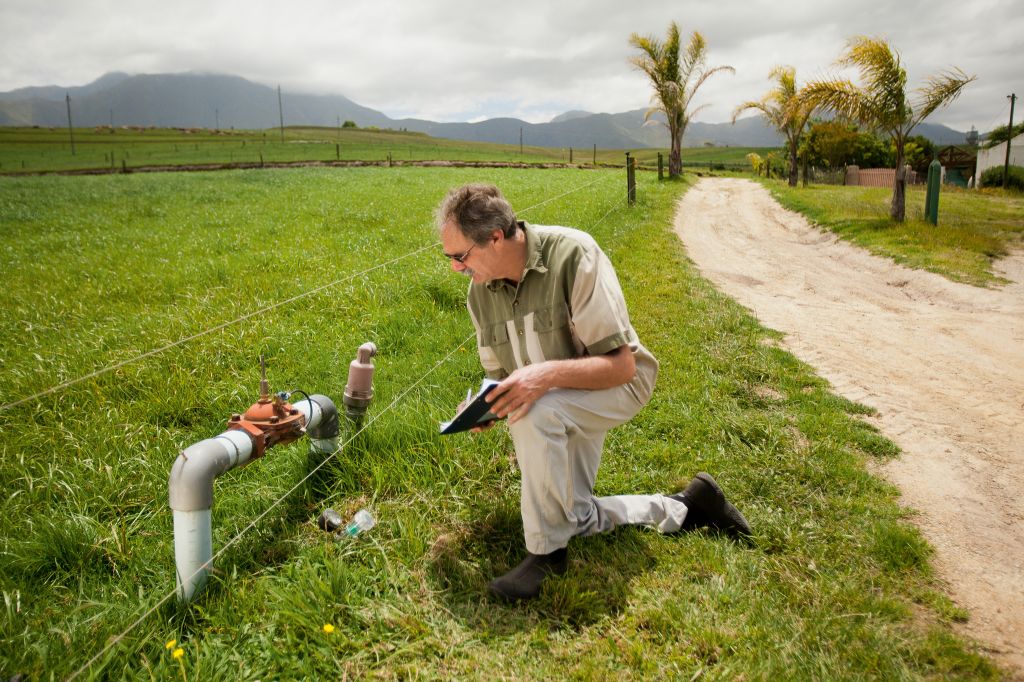Heat and drought: South Africa’s current weather crisis
It has been a hot start to the year. In fact, it was hot before the year started: it’s been a hot summer – and a dry one, too.
As early as July 2015, local news publications reported on the likelihood of the global El Niño phenomenon negatively affecting South Africa’s weather patterns over the coming months. Significantly warmer temperatures in the country since the start of summer have been testament to this, and almost every province has endured a heat wave or two, not to mention one of the worst droughts in decades.

First things first, what is El Niño?
El Niño is the warm phase of the El Niño Southern Oscillation (referred to as ENSO) and occurs when a band of warm ocean water develops in the central and east-central equatorial Pacific Ocean. The occurrence affects atmospheric circulation and, as a result, rainfall and temperature in specific areas around the world.
The cool phase of ENSO is called La Niña, and takes place when the sea surface temperature in the equitorial Pacific is cooler than normal.
Southern Africa, says the South African Weather Service, generally “receives below-normal rainfall during El Niño years and La Niña usually brings normal or above-normal rainfall”. That said, this cannot be accepted as a rule, and exceptions exist.
The 2015 El Niño phenomenon, however, has affected the country greatly, particularly food production.
Other factors
In addition to El Niño, climate change and global warming have also been factors in South Africa’s unusual weather patterns of late. While climate variability – the fact that mean that some years are simply drier or hotter than others – is a natural phenomenon, climate change is a result of global warming, in turn is caused by human activities.
A recent report in the Mail & Guardian suggests that “given the current rate of carbon dioxide emissions into the atmosphere, and some unique features of South Africa’s climate system, like our location in the subtropics and the important role that high pressure systems play in controlling the system, temperatures in southern Africa are likely to increase by at least 1.5 times the global average rate of temperature increase”.
In order to deal with these issues that are within our control, we need to adapt and mitigate. Living sustainably, planting drought-resistant crops and adopting measures that reduce our carbon footprint on both a personal and industrial scale are crucial.
In the meantime, be sure to protect yourself against the sun this summer and save water at every turn.
